Introduction:
When a cement mortar is used for jointing paving or masonry, there is a range of styles that are used to finish off the fresh mortar.
This is not solely a decorative effect, intended to alter or improve the appearance of the work: it has been shown that mortar which has been 'polished' or 'tooled' to a smooth finish is tougher, harder, more resilient than is unpolished mortar. This is, primarily, due to the polishing action drawing more of the finer cement paste towards the surface, so that the surface is that little bit stronger than the mortar beneath.
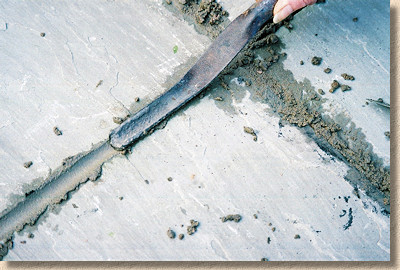
There are different styles favoured by different practitioners, and some of the styles illustrated below are suitable only for walling, brickwork or vertical masonry, and not really best suited to flat, horizontal paved surfaces.
The style of pointing can have a dramatic visual effect on a pavement. Some styles are much more noticeable than others and, in some cases, will deflect attention away from the paving material itself with the mortar becoming the focus of attention. For most applications, a subtle, discreet, barely noticeable pointing style is preferable so that the paving material can shine. Very often, the paving has cost pounds while the mortar cost pennies, so which would you rather see?
Resin Mortars:
It's worth noting that many polymeric (ready-to-use) and 2-part resin mortars will benefit from having the joints polished before the mortar begins to harden. Most resin mortar manufacturers understand that a quick brush-over is about the best finish they can expect for their products, but some do advise polishing or 'ironing' the joints on completion, mainly to ensure full compaction of the material in the joint. In many cases, particularly with the finer-grained grouts, the tooling will give an even more attractive finish.
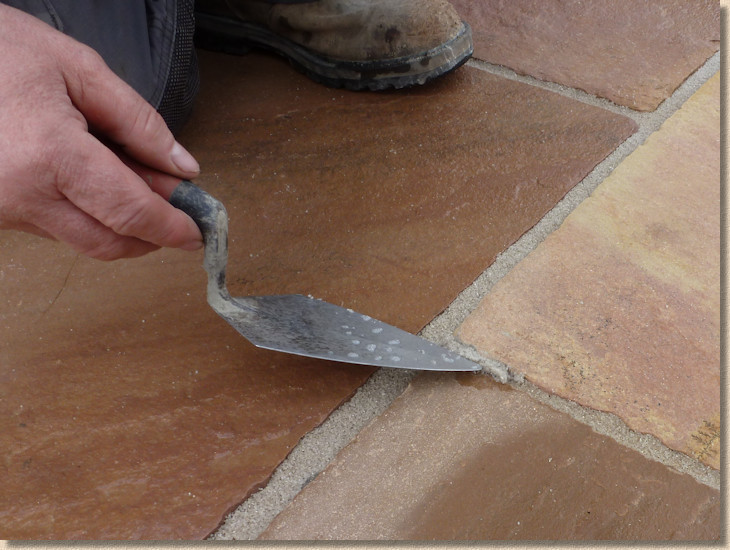
Which Is Best?
It's not really possible to say that one particular form is better than all the others, although, with paving, there are certain forms that are best avoided.
Any pointing style that brings mortar up above the level of the paving surface is a bad idea. It will be exposed to abrasion by traffic and it can act as a small dam to impede the free flow of surface water.
And while recessed pointing is regularly used with paving, it should not be too deeply recessed, as this will create a valley in the pavement surface which will simply collect dirt and detritus. Anything more than 2-3mm is too deep. Similarly, deeply vee'd joints should be avoided for the same reasons.
The Tools:
Flush, struck, peaked and strap/ribbon pointing are usually tooled using a small trowel (pointing trowel).
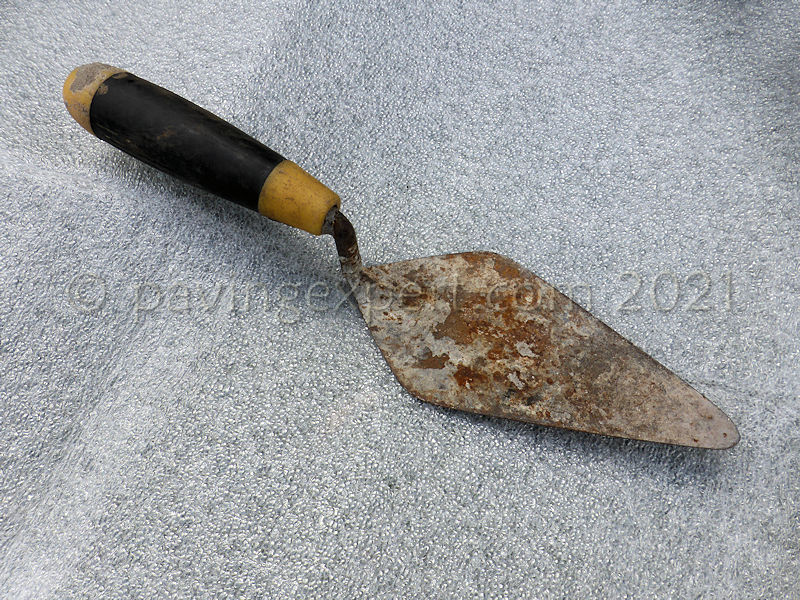
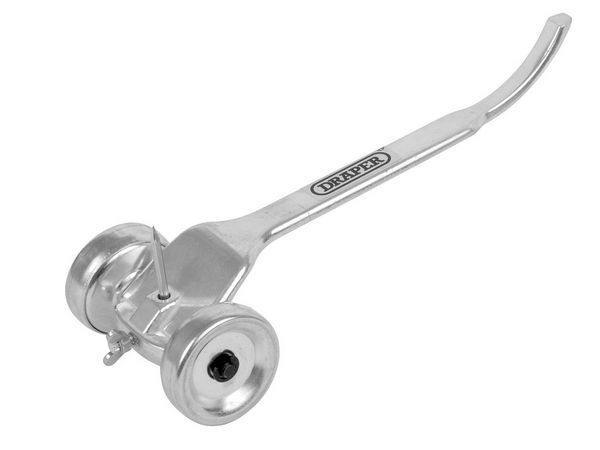
Recessed pointing can be achieved using a flat iron or a raking tool. The flat iron is better for paving joints as it actively polishes the mortar whereas a raking tool just…err…rakes the surface, leaving it comparatively rough.
Half round relies on a rounded pointing bar or iron. These come in various different sizes, but 12mm (½”) is the most common choice for paving joints.
Vee joints are created using a vee-profiled iron.
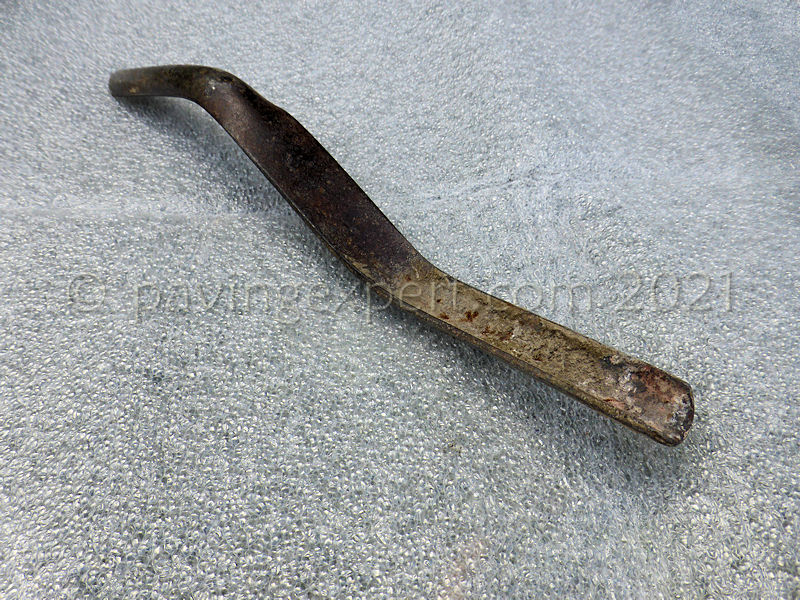
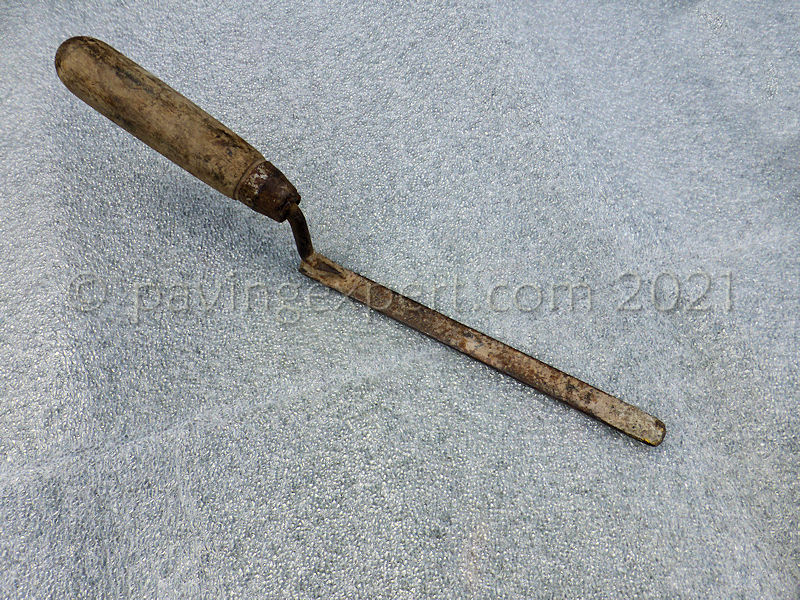
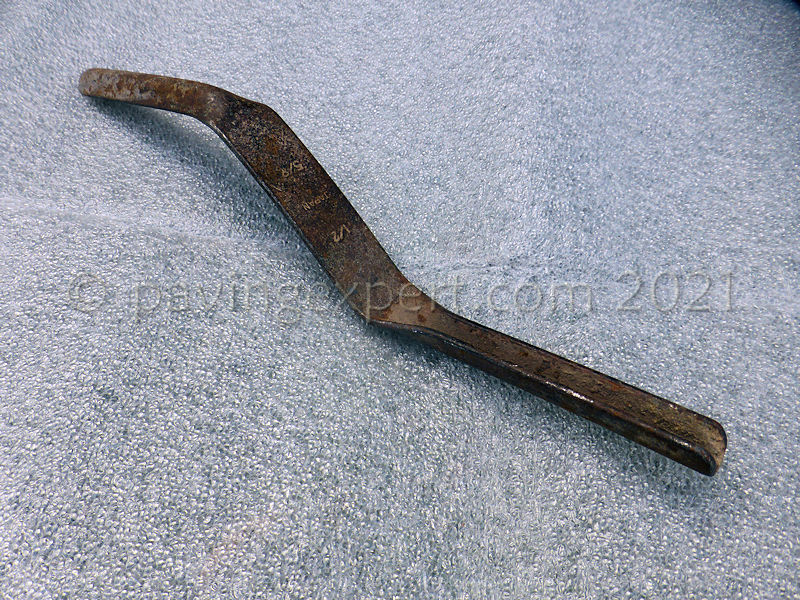
Pointing Styles:
The most popular pointing styles in cross-section.....

Other pointing and jointing pages...
- Introduction
- Terms & definitions
- Pointing Styles
- Spacers for Paving
- Cement Mortars
- - Hand Pointing
- - Pointing Riven Flagstones Using Coloured Mortar: A Case Study
- - Wet Grouting
- - Dry Grouting
- - Slurry Grouting
- - Gun Grouting
- - Poured Grouting
- Resin Mortars
- - Polymerics
- - GftK Polymerics: A Product Study - VDW 840+
- - Romex Polymeric Mortars: A Product Study
- - Jointex Polymeric Mortar: A Product Study
- - Slurries
- - GftK Slurry Mortars: A Product Study - VDW 800 Permeable
- - GftK Slurry Mortars: A Product Study - VDW 850
- Re-jointing paving
- Pitch Jointing
- Loose Fill Jointing
- - Stabilisation
- Alternative Jointing Materials

